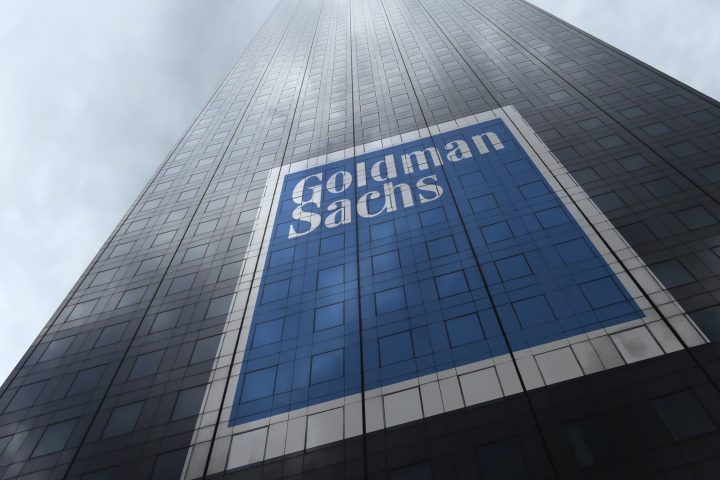Cash is rapidly going out of fashion as a payment method in the UK, as more consumers than ever use digital methods to pay for goods, according to online retailer, OnBuy.com.
“Digital payment methods are evolving the way we exchange money, offering seamless convenience; in combination with the growing intense popularity of online shopping, which is naturally demanding ease and security”, the company said.
Mobile applications are increasingly integrating payments into our daily lifestyle and routines, allowing all transactions to be speedy and effortless.
The rapid proliferation of smart phones paired with new mobile-banking services has enabled digital payments to really take off, said OnBuy.com, which is seen as Britain’s own Amazon.
With the likes of Uber making mundane tasks such as ordering a taxi simple, fast and efficient – all at the click of a button.
And while the predictions of a cashless future won’t come true anytime soon, the use of cash is very much on the decline globally.
It is predicted that by 2026 the use of cash will drop to 21 per cent, with the use of eWallets growing globally at a compound annual growth rate of just over 30 per cent.
Preferred methods
Online marketplace OnBuy.com sought to identify the UK’s preferred payment methods, establishing just how tech and money savvy UK consumers are when faced with the prospect of a changing world.
OnBuy analysed the findings from Worldpay, specifically its ‘Global Payments Report’.
Interestingly, the report predicts that the use of eWallet payment methods will increase from around 36 per cent in 2018 to almost half of all ecommerce transactions globally by 2022 (47 per cent); which isn’t hard to imagine considering one in three card transactions in the UK are already contactless, OnBuy said.
Debit cards still popular
OnBuy.com can reveal that debit cards is still the preferred payment method of Brits, representing 32 per cent of all ecommerce payments and 55 per cent of all instore transactions.
Which is much higher than the global figures of 29 per cent instore and 12 per cent online.
Thereafter, the UK currently favours the following payment methods when purchasing products or services online: eWallet (23 per cent), credit card (18 per cent), bank transfer (nine per cent), cash on delivery (seven per cent) and charge & deferred debit card at six per cent.
Surprisingly, Britain’s preferred payment method changes when making in-person purchases. However, it must be noted that using a debit card is still the most prevalent payment method at 55 per cent.
Thereafter, cash is the second most dominant at 22 per cent; perhaps rather surprisingly, followed by credit card (15 per cent), eWallet (five per cent) and charge card at a mere two per cent.
Simplicity driving transformation
Moreover, simplifying the online payment phenomenon is transforming the world of ecommerce, with the likes of eWallet (Apple Pay for example) showing no sign of slowing down.
And just to show its popularity, it is expected to surpass $4.6 trillion globally by 2022.
Therefore, OnBuy.com has also illustrated the sectors which have seen a notable shift from in-person to ecommerce transactions within the UK: Florists (+41 per cent), Clothing & Footwear (+22 per cent), Entertainment (+10 per cent), Tourist Attractions (eight per cent) and finally Grocery with a small but noteworthy increase of three per cent.


